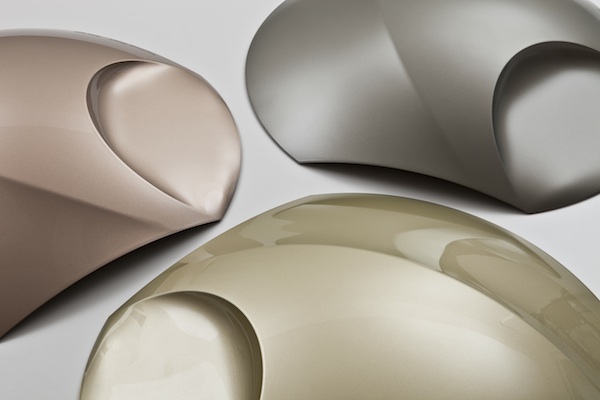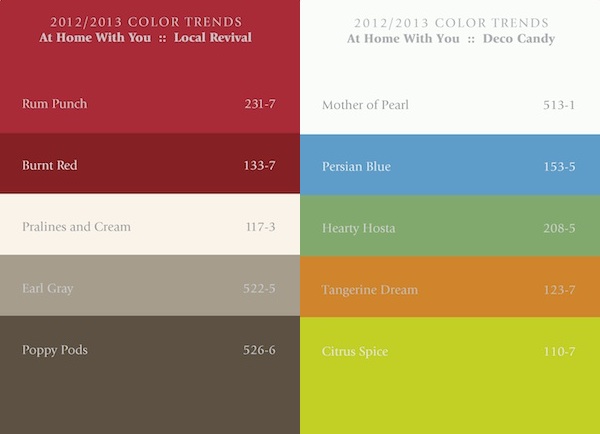From choosing a great color that somehow turns hideously wrong to completing a paint job that looks gorgeous and then starts peeling, most painting mistakes trace back to a lack of prep work.
If you want to make sure your next paint job looks like something out of a home decorating show, here are the biggest mistakes pros see -- and how you can prevent them:
Dreaming up colors. Pulling your color selections out of thin air. "The best way to choose a color for your space is to start with an inspiration that is visual,"says Cathie Rader Interior Decorator with Ken Rader Interiors. It can be a rug or a photo from a magazine. In either case, you aren't left trying to describe your idea of a color. You can simply point to it. Best of all, since your example has already been created by professionals well-versed in color, it's an almost foolproof way to come up with other complementary colors to use in your room design.
Pursuing trends. Never mind what the "hot" colors are this year. You're living with your choices. Choose hues that make you happy. One good clue for you is to consider what solid colors you wear most often -- besides black and white. Beware, the up to date colors will be most pleasing to you over your old stand by.
Ignoring warm and cool. Not acknowledging that color can change the perception of a room. Warm colors "are expansive," says Cathie Rader- Interior Decorator . Use them for social areas, like a great room or dining room. Cool colors are calming. They can be great for a home office or bedroom.
Forgetting the ceiling. "It's the fifth wall," says Cathie Rader. But even experts disagree on how it should be painted. If you expect to paint your ceiling a color, consider going a few shades lighter because ceilings tend to look darker. Some designers prefer a white ceiling. A decorator's white (not a stark white) will give you a sharp definitive line from painted walls and highlight whatever architecture you have. Others want the ceiling in the same color family as the walls. "If you paint the walls a rich color and leave the ceiling white, it will do the opposite of what you want" by calling attention to it, says Rader. Instead, she prefers a variation on the wall color. If your ceilings are above nine feet, go one shade darker than the wall color, he says. That will bring the ceiling "down" and make the room appear cozier. If the ceilings are nine feet or less, use a color a shade or two lighter than the walls.
Thinking all paint is the same. You have latex and oil. You have a variety of paint finishes from flat to eggshell (matte with just a hint of gloss), to semi-gloss and high-gloss. For a bedroom, you might choose flat or eggshell, while the adjoining bathroom gets the same paint shade in a more water resistant semi- or high-gloss.
Not using best tools. One example: a paint-edger kit. It's a mini-roller with a brush guard that lines up with woodwork and trim. It allows you to paint close to the trim without actually painting the trim. "It's so much easier and you don't have to go through taping," says Rader. Cost: around $26.
Not asking for help. This one time it really pays to patronize the small, specialty paint stores, says Rader. "You're buying more than paint, you're buying expertise," she says.
Buying insufficient paint. Get all your paint and tools at once. That way, once you start, you don't have to stop. To ensure you have enough paint, measure the room. Pad in a little extra, just in case. And read the label on can to determine how much you need for the space. When it doubt, ask questions at the paint store.
Not buying the right tools. Different paints, walls and wall textures will require different tools. To paint around trim and windows, use a brush. For large, open areas, use a roller. Textured walls will require a roller with more nap.
Not having a plan of attack. One pro trick: When you apply a coat of paint, go around the room with the brush and do all the edges and corners first, then go back with the roller and apply a coat of paint to the rest of the wall.
Not considering hiring a pro. Even with little or no experience, painting can be fun if you enjoy it. If you don't, it might pay to hire a pro. Or, if your spouse enjoys painting and you don't, have he or she tackle it with a friend while you contribute something else to the home fix-up project. Ken Rader Interiors often recommends best-friend painting teams over husband-wife ventures. "Very few couples can do this" and stay on great terms throughout the project, says Rader.
Not considering painter's tape. OK, this one is a matter of personal preference and experience. Some pros will tell you not to waste the time, while others swear it can make the results look really first rate. And you definitely don't want to be without it if you're doing any sort of striped or geometric look that involves painting a straight line.
There are several other tricks of the trade. Most of them have been addressed in other blog posts by us. Check them out
Drop us an email at kennethrader@att.net Follow us on facebook at www.facebook.com/ken.rader.interiors
As always " Happy Painting and Decorating















 It may seem to you that off white
as a room color is overdone, but there is a reason why it is so popular
and continues to remain so till date. It is because of the beauty with
which it can offset almost any color, without appearing cold like pure white. This color can be combined with darker warm and neutral colors to give any room a rich, elegant appeal.
It may seem to you that off white
as a room color is overdone, but there is a reason why it is so popular
and continues to remain so till date. It is because of the beauty with
which it can offset almost any color, without appearing cold like pure white. This color can be combined with darker warm and neutral colors to give any room a rich, elegant appeal.

